For centuries, cats have been labeled as aloof, independent, and sometimes even indifferent to human affection. Unlike their canine counterparts, who wear their hearts on their sleeves, cats often maintain an air of mystery. But is this "high and mighty" reputation truly deserved, or is there more to feline behavior than meets the eye? Science offers fascinating insights into why cats behave the way they do, revealing that their so-called aloofness is deeply rooted in biology, evolution, and even their unique social structures.
The Evolutionary Roots of Feline Independence
To understand why cats seem so self-reliant, we must look back at their origins. Domestic cats (Felis catus) are descendants of solitary hunters. Unlike wolves, which evolved into pack animals, wild cats thrived alone, relying on stealth and precision to catch prey. This solitary nature shaped their behavior—they didn’t need to form close-knit social groups to survive. When humans began domesticating cats around 9,000 years ago, these traits didn’t disappear. Instead, cats retained much of their ancestral independence, making them seem less needy than dogs, which were bred for cooperation and companionship.
This evolutionary background explains why cats don’t always seek constant attention. They’re hardwired to be self-sufficient, and their interactions with humans are often on their terms. A cat may choose to curl up in your lap one moment and ignore you the next—not out of spite, but because their instincts tell them to prioritize their own comfort and safety.
The Science Behind the "Slow Blink" and Other Subtle Affection Signs
While dogs wag their tails and jump with joy, cats express affection in quieter, more nuanced ways. One of the most telling behaviors is the "slow blink." Researchers have found that when a cat looks at you and slowly closes its eyes, it’s a sign of trust and contentment. In feline language, closing their eyes in someone’s presence means they feel safe—a far cry from the cold indifference they’re often accused of.
Another subtle gesture is the head bunt, where a cat gently presses its head against you. This isn’t just a demand for pets; it’s a way for cats to mark you with their scent glands, claiming you as part of their trusted circle. These behaviors show that cats do form strong bonds with their humans—they just communicate differently than dogs or even other highly social animals.
Why Cats Aren’t Actually Anti-Social—They’re Just Selective
Contrary to popular belief, cats are not anti-social. Studies of feral cat colonies reveal that they can form complex social structures, often relying on cooperative behaviors like shared grooming and communal kitten-rearing. However, unlike dogs, which are wired to please their human companions, cats are more selective about when and how they engage. They value control over their environment and interactions, which can come across as aloofness.
This selectivity is also linked to their sensory world. Cats have highly sensitive hearing and smell, which means they can easily become overstimulated. A dog might tolerate constant petting, but a cat will walk away when it’s had enough. This isn’t rejection—it’s self-regulation. Understanding these boundaries is key to building a strong, respectful relationship with a feline companion.
The Role of Domestication in Shaping Feline Behavior
Interestingly, domestic cats are far more social than their wild ancestors. Over thousands of years, they’ve adapted to living alongside humans, developing behaviors that facilitate coexistence. For example, the famous "meow" is a sound adult cats rarely use with each other—it’s almost exclusively reserved for communicating with people. This suggests that cats have learned to "talk" to us in ways that get our attention, further proving that they’re more attuned to humans than we might think.
Yet, because domestication hasn’t erased their independent streak, cats often balance affection with autonomy. They may follow you from room to room but keep a slight distance, or they might greet you at the door only to immediately wander off. This push-and-pull dynamic is part of what makes cats so intriguing—they’re neither fully wild nor fully dependent, but something beautifully in between.
Breaking the "High and Mighty" Stereotype
The idea that cats are cold or unaffectionate is more a reflection of human expectations than feline reality. Dogs wear their emotions openly, making their love easy to recognize. Cats, on the other hand, require us to pay closer attention to their subtle cues. Once we learn their language, it becomes clear that their love is just as deep—it’s simply expressed differently.
So the next time your cat gives you a slow blink or curls up just out of reach, remember: it’s not indifference. It’s trust, comfort, and a bond that’s uniquely feline. And perhaps, in their own quiet way, cats have been teaching us all along that love doesn’t always need to be loud to be real.
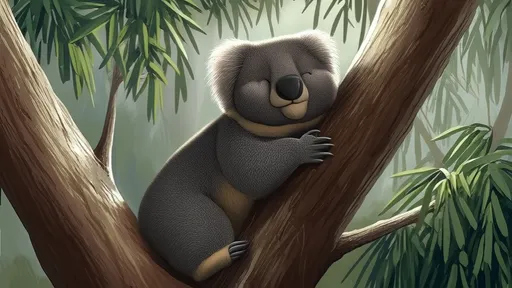
By /Aug 4, 2025
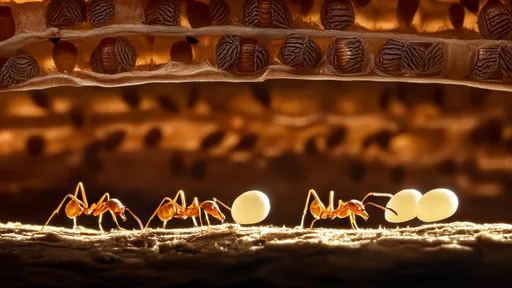
By /Aug 4, 2025

By /Aug 4, 2025
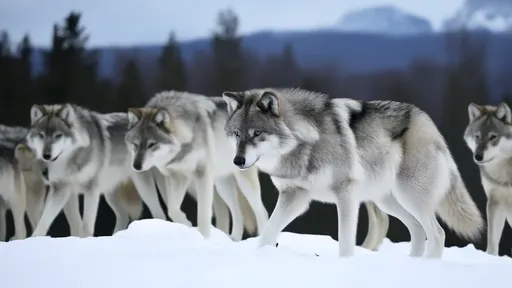
By /Aug 4, 2025
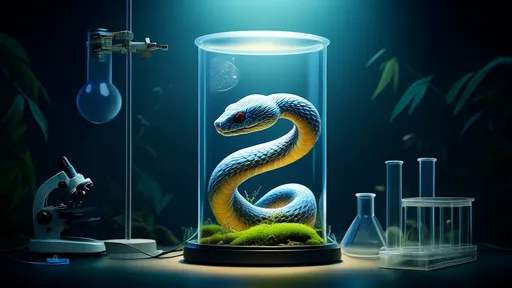
By /Aug 4, 2025
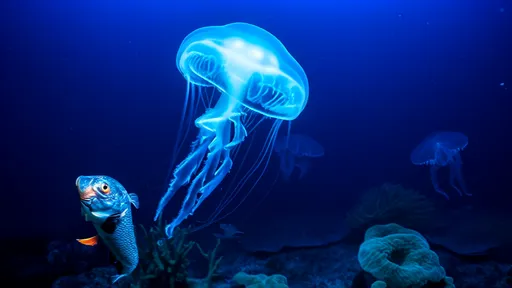
By /Aug 4, 2025
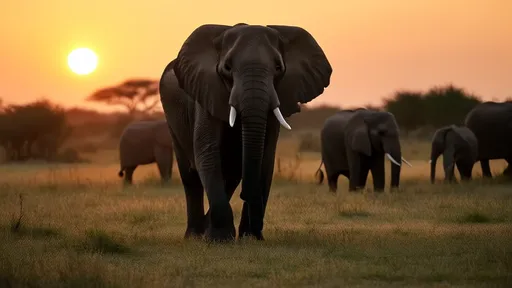
By /Aug 4, 2025
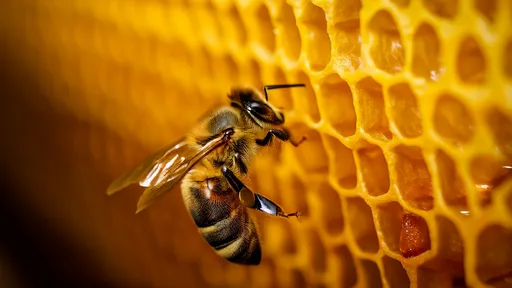
By /Aug 4, 2025
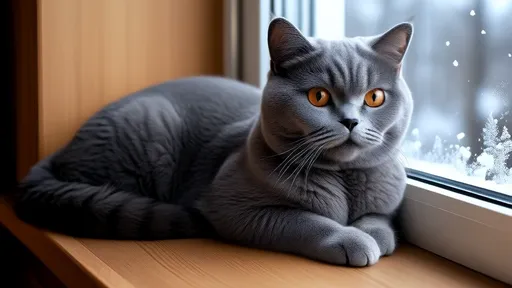
By /Aug 4, 2025

By /Aug 4, 2025

By /Aug 1, 2025

By /Aug 1, 2025

By /Aug 1, 2025
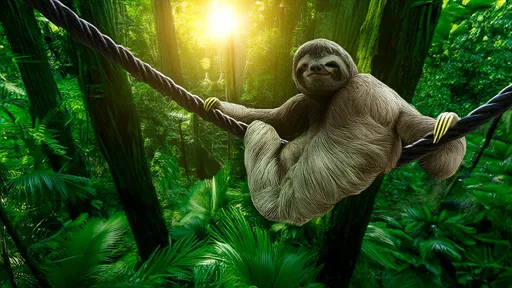
By /Aug 1, 2025
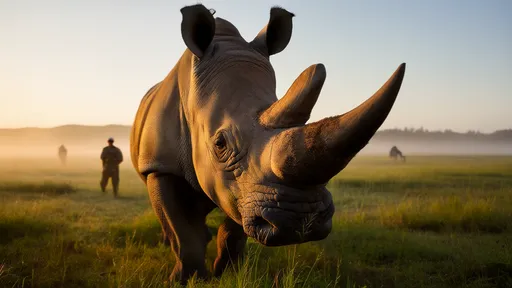
By /Aug 1, 2025
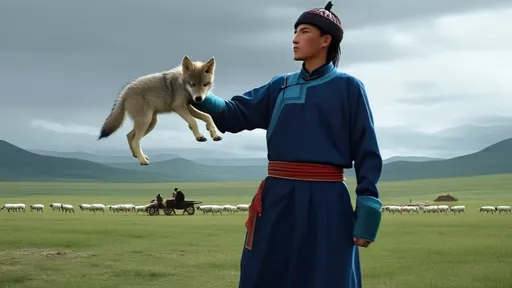
By /Aug 1, 2025

By /Aug 1, 2025
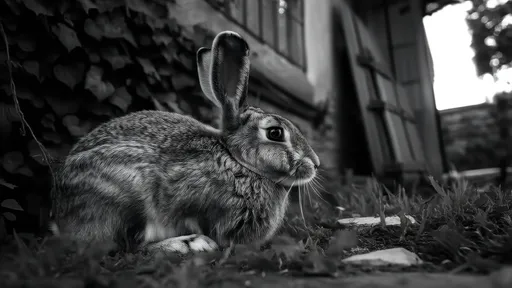
By /Aug 1, 2025
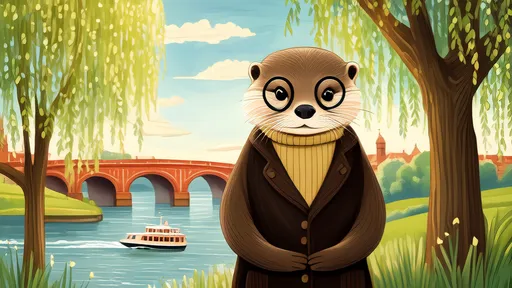
By /Aug 1, 2025

By /Aug 1, 2025